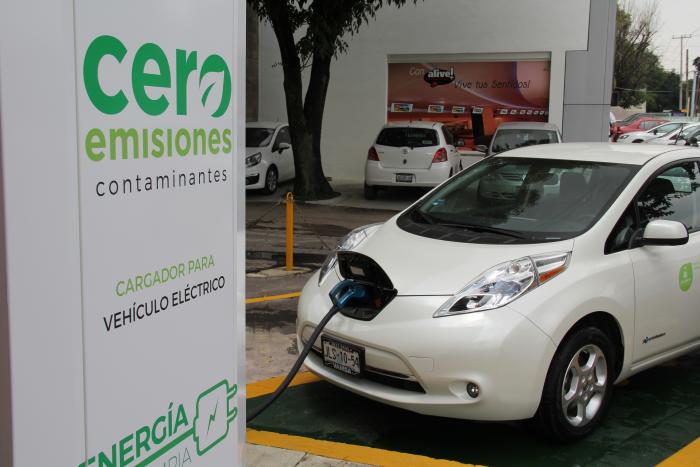The Energy Regulatory Commission (CRE) identified six challenges for electromobility in Mexico in 2024.
According to the Federal Electricity Commission (CFE), at the close of October 2023, more than 600 requests for electricity supply service for charging electric vehicles (EVs) and plug-in electric vehicles (PHEVs) were attended. This number represents a 50% increase compared to 2022.
Therefore, it is expected that the connection of charging infrastructure to the National Electric System (SEN) will continue to grow, so it is required to establish requirements and guidelines for the orderly connection of this infrastructure.
Challenges for electromobility
Electromobility is the use of electric energy to support transportation.
The CFE prioritized these challenges as part of a regulation that is about to be published on electric car infrastructure.
The six challenges are described below:
- Lack of a charging infrastructure network that allows EV and EVHC users long hauls and commutes across state and federal highways.
- Providing certainty to users that EV and VEHC charging can be done safely and efficiently, at any point in the charging infrastructure network.
- Minimize fire and electrocution risks when installing an EV and VEHC charger in properties that receive low voltage supply.
- Lack of access to information regarding the charging infrastructure network available in Mexico.
- Design of hourly rates to encourage EV and VEHC charging at base times to support the SEN during peak hours, in order to improve reliability and operational safety of the system.
- Lack of definition of the technical characteristics of the chargers that connect to the National Electric System. The Federal Electricity Commission has taken some actions to define regulatory technical characteristics, indicating them on its web page.
Perspective
The National Electric System Development Program (Prodesen) 2022-2036 establishes that Smart Grids offer greater precision and flexibility in the management of electric energy demand and consumption. In addition, these networks transform the current concept of a unidirectional electric grid at the distribution level.
The program also proposes a scenario for 2036 in which the use of light electric vehicles, cargo vehicles and buses will reach an integration of approximately 4.9 million electric vehicles. It is estimated that this number will generate a consumption of around 13,283 GWh, representing 2.8% of the net consumption of the National Electric System.
Therefore, demand and consumption curves will be adjusted according to users’ charging habits. Consequently, it will be necessary to ensure a sufficient generation matrix to cover these demands.

